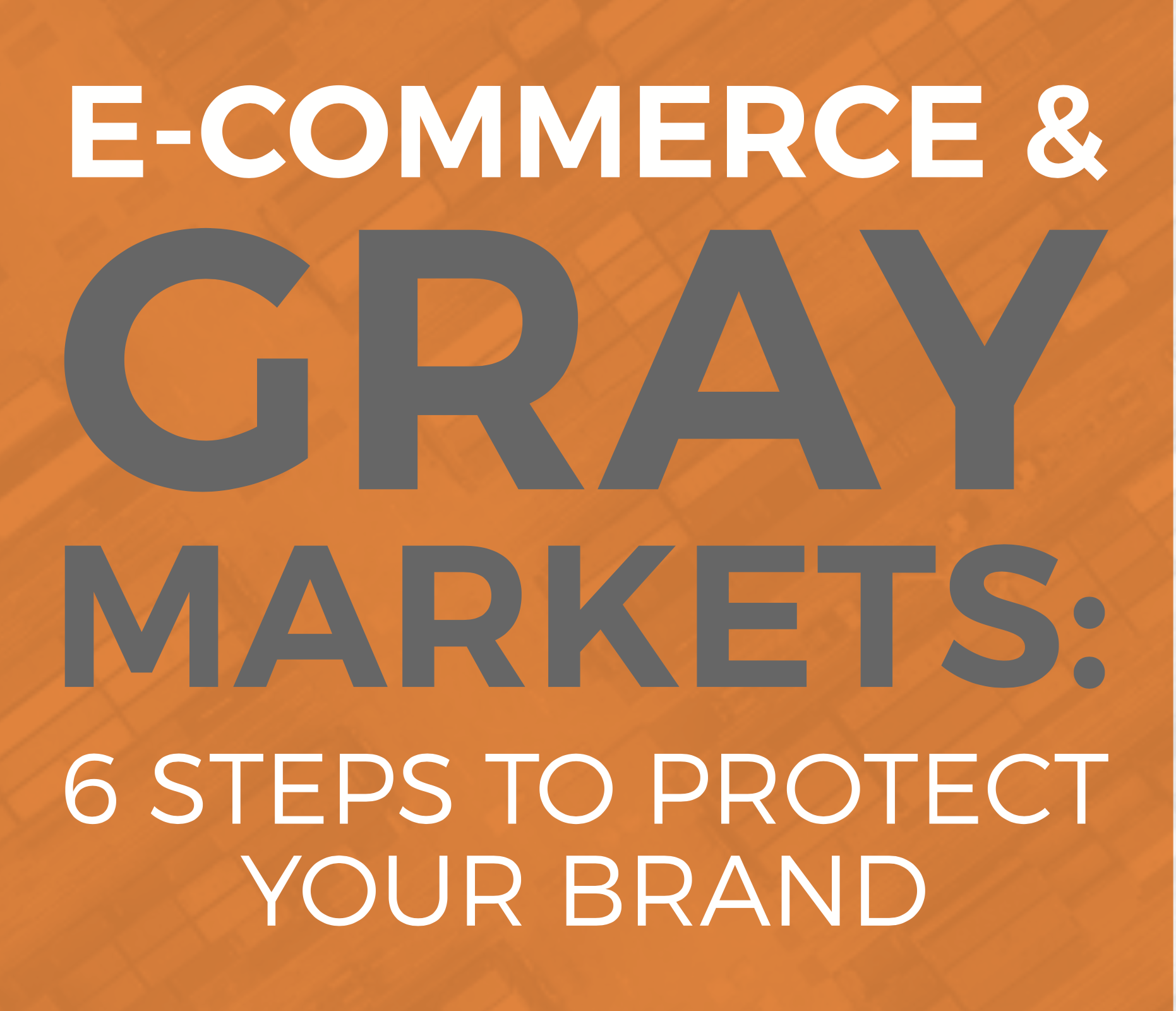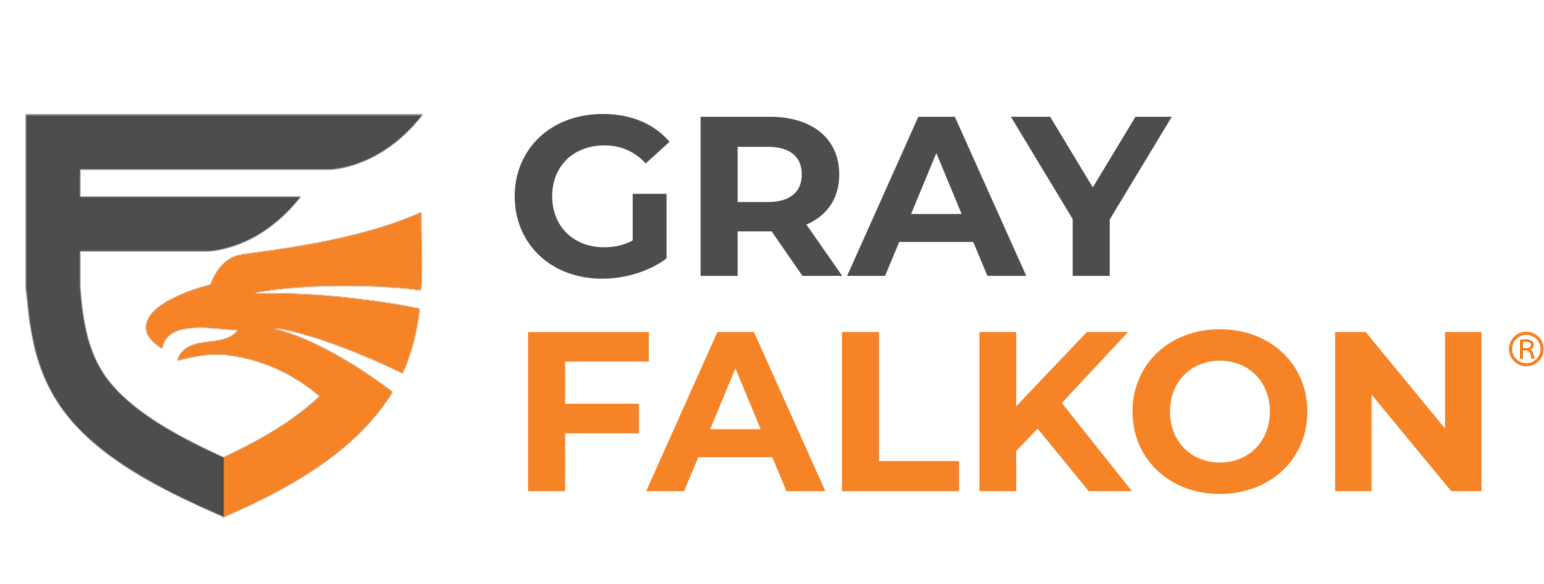
Brand protection on Amazon has never been more critical or more complex. With millions of sellers operating in an open marketplace, the threats to your brand aren’t always obvious or immediate. Some sellers undercut prices. Others repurpose returns. And a few quietly operate under the radar, slowly eroding trust, consistency, and sales without ever appearing on your radar.
That’s where a real enforcement strategy comes in.
For many brands, enforcement is reactive at best, a scramble to remove a counterfeit or shut down a rogue seller. But to actually regain control and protect your reputation, enforcement needs to be part of a broader plan. It’s not about taking one seller down. It’s about building a system that makes it harder for unauthorized activity to survive at all.
Let’s explore the components of an enforcement strategy that works on Amazon, from understanding the distinction between protection and enforcement, to building monitoring workflows, detecting patterns, and ensuring every action leads to measurable control.
Brand Protection vs. Enforcement: What’s the Difference?
It’s easy to use the terms brand protection and brand enforcement interchangeably, but they represent different pieces of the puzzle, and understanding the distinction is key to building an effective strategy.
Brand protection is the broader umbrella. It includes everything from monitoring unauthorized sellers, gray market activity, and counterfeit listings, to analyzing patterns and identifying gaps in your distribution strategy. It’s proactive, continuous, and built to give your brand visibility across marketplaces.
Brand enforcement, on the other hand, is what happens after a threat is identified. It’s the act of preparing and submitting marketplace-compliant violation reports, escalating issues with Amazon’s internal teams, or initiating test buys to collect evidence. Enforcement is tactical. It’s where action meets insight.
Many brands fall short because they stop at detection. They know who’s selling their products, but don’t have the bandwidth or internal processes to take the next step. Conversely, others jump to enforcement without fully understanding the scope of their unauthorized seller landscape, chasing isolated violations while larger, repeat offenders fly under the radar.
To truly protect your brand, both pieces must work together. Monitoring without enforcement leaves threats unresolved. Enforcement without effective monitoring wastes time on the wrong targets. A successful strategy is built on both.
Understand the Scope of the Problem
Brand enforcement on Amazon is not a straightforward process because the problem itself is anything but simple. Amazon’s open marketplace model makes it incredibly easy for third parties to list and sell products, even if they aren’t authorized by the brand. This low barrier to entry is one of Amazon’s strengths as a platform, but for brands, it introduces real complexity. Unlike traditional retail environments, brands don’t always know who is selling their products, how they were sourced, or what condition they’re in when they arrive at the customer’s doorstep.
Some violators are easy to spot, like unauthorized sellers pricing products well below MSRP or clearly shipping used or damaged inventory. But many are what we call “silent sellers”: they don’t totally disrupt the Featured Offer (formerly Buy Box) or spike pricing alarms, but they’re still diverting sales, interfering with your channel strategy, and potentially eroding the customer experience.
It’s also important to remember that enforcement isn’t just about stopping counterfeit products. Yes, counterfeits are a major risk, but so are gray market goods, inconsistent branding, and unregulated third-party sellers using your product detail pages to fulfill off-brand experiences.
All of these threats share one thing in common, they undermine your control, dilute your brand equity, and create confusion in the eyes of the customer.
Build a Monitoring Foundation
You can’t enforce what you can’t see. That’s why the first step in any effective brand enforcement strategy is comprehensive monitoring, not just for your top-performing ASINs, but across your entire catalog.
Many internal teams rely on inconsistent spot checks or simple Featured Offer monitoring, but these approaches miss too much. Skilled unauthorized sellers often avoid the Featured Offer, fly under pricing thresholds, and quietly siphon off sales with little visibility. In other cases, listings are duplicated or bundled in ways that hide them from standard search queries.
True marketplace protection requires monitoring at scale. Tracking seller activity, listing content, product availability, and price positioning across every ASIN, every day. For brands with hundreds or thousands of listings, this simply isn’t feasible to manage manually.
That’s where technology comes in. Solutions like Gray Falkon’s AI-powered monitoring system are built specifically for high-volume marketplaces like Amazon and Walmart. These systems continuously scan listings and seller behavior across your full catalog, identifying violations in real time and surfacing patterns that internal teams would never catch on their own.
Without this foundation, enforcement becomes reactive and incomplete. With it, brands can proactively detect threats and take action before they escalate.
Identify and Prioritize Violations
Once monitoring is in place, the next step is understanding what to do with the data. Not every policy violation demands immediate action. Some sellers may pose minimal risk, while others can cause significant brand damage in a short period of time. That’s why effective enforcement begins with prioritization.
Evaluate The Sellers
Start by evaluating violations based on factors like inventory volume, sales velocity, and seller history. A seller with one unit of an outdated SKU isn’t as pressing as a repeat violator listing hundreds of high-velocity items. It’s not just about what’s being sold, it’s about how much, how fast, and by whom.
Pattern Recognition
Pattern recognition is key here. Brands need to distinguish one-off resellers from sellers operating in coordinated or habitual ways. For example, a seller might appear under different storefront names but consistently target the same product category, rotate ASINs, or mirror pricing tactics. These are signs of more systemic abuse.
Cross-Platform Behavior
Sophisticated enforcement strategies also consider cross-ASIN and cross-platform behavior. The strategy and solution should connect seller activity across your full catalog, identifying violators who may appear low-risk in isolation but represent a larger threat when viewed in context.
Prioritizing violations enables brands to focus their efforts where they’ll have the greatest impact, eliminating high-risk sellers first, minimizing disruption, and restoring control over their listings.
Enforce Effectively with Marketplace-Specific Strategy
Detection is only half the battle. To truly protect your brand, you need to enforce violations in a way that aligns with each marketplace’s unique policies and procedures. On Amazon, that means more than simply flagging bad actors. It means submitting structured, compliant reports that the platform can act on.
Many brands attempt enforcement with generic documentation or informal complaints, only to face delays or outright dismissal. Amazon requires precise formatting, proper classification of the violation type (e.g., copyright, counterfeit, policy breach), and supporting evidence tailored to the case. A poorly formatted or miscategorized report is far less likely to result in removal.
Even tools like Brand Registry, Transparency, and Project Zero, while useful, are reactive by nature. They rely on manual reporting, and they don’t prevent unauthorized sellers from listing your products. These tools only cover a portion of what brands truly need. For example, Brand Registry doesn’t gate your listings by default, and Transparency requires product-level implementation and QR labeling.
Enforcement also has to be consistent. Sporadic efforts result in sellers returning under new storefronts or shifting to lower-visibility ASINs. Brands that take enforcement seriously apply pressure continuously, not just when issues spike. This is where automation-driven enforcement becomes essential.
When done correctly, enforcement doesn’t just remove violators, it establishes a brand presence that signals to unauthorized sellers that you’re watching, you’re capable, and you’re not going to let violations slide.
Track Impact and Iterate
A strong brand enforcement strategy isn’t just about taking action, it’s about knowing what’s working, where gaps still exist, and how to evolve over time. Without measurable insights, it’s impossible to determine whether your efforts are truly protecting your brand or just putting out fires.
Tracking enforcement KPIs allows brands to quantify success. How many sellers have been removed? How many listings were taken down? What’s the trend in unauthorized seller volume over time? These are critical questions that help assess whether your brand is moving toward greater control or if new threats are gaining ground.
Gray Falkon’s Marketplace Brand Protection Portal was designed with this exact challenge in mind. Our dashboards deliver daily visibility into key metrics across your catalog, giving you more than just a snapshot, they show your progress and patterns over time. Some of the key dashboards include:
- Impact Dashboard: Highlights progress across core KPIs like sellers removed, listings taken down, and sales volume suppressed due to enforcement.
- Products Dashboard: Tracks ASIN-level activity, helping you pinpoint which products are most frequently targeted and where violations cluster.
- Sellers Dashboard: Provides detailed insights into unauthorized sellers, including how often they reappear, which ASINs they target, and their average inventory levels.
- Test Buys Dashboard: Surfaces results from Gray Falkon’s strategic test purchases, helping confirm seller identities and flag quality or authenticity issues.
This level of detail helps brands not only enforce but understand what’s working, where risks are growing, and how to make informed, data-driven decisions about future brand protection efforts.
With Gray Falkon, brands gain a partner that turns fragmented enforcement into a unified, scalable system, helping you reclaim control of your Amazon presence and protect what you’ve built.
How Gray Falkon Supports End-to-End Brand Enforcement
At Gray Falkon, we know that brand enforcement on Amazon isn’t a one-time effort, it’s a continuous process that requires visibility, speed, and strategic execution. That’s why we’ve built a solution that supports every stage of protection, from monitoring to detection to marketplace reporting.
AI-Powered Monitoring at Scale
Our AI-driven solution continuously scans Amazon and other major marketplaces to detect unauthorized sellers, policy violations, and gray market activity in real time. It’s not limited to high-traffic ASINs or obvious offenders, our monitoring covers your full catalog, so nothing slips through the cracks.
Automation-Driven Violation Reporting
Detection is only useful if action follows. Once a violation is identified, our system automatically prepares and submits structured, marketplace-compliant enforcement reports. This reduces time to resolution, increases the chances of removal, and eliminates the burden of manual reporting from your internal team.
Pattern Recognition and Repeat Offender Detection
Rather than treating each violation as an isolated event, Gray Falkon looks for patterns. We identify repeat violators across listings, ASINs, and even platforms, giving you visibility into the sellers that consistently undermine your brand and enabling focused, effective enforcement.
Cross-Platform Protection
Your brand doesn’t just live on Amazon. Sellers who violate your policies on one marketplace often show up on others. That’s why we extend monitoring and reporting to platforms like Walmart, eBay, and Mercado Libre. This helps you maintain a consistent brand presence wherever your products are sold.
Real Brand Enforcement Requires Real Strategy
Brand enforcement on Amazon isn’t just about reacting to threats, it’s about staying one step ahead. With thousands of sellers and millions of listings, relying on manual audits or incomplete solutions simply doesn’t cut it. Brands need a proactive, scalable, and data-driven enforcement strategy to maintain control, protect their reputation, and ensure a consistent customer experience.
Gray Falkon empowers marketplace-first brands with end-to-end brand protection that’s as dynamic as the platform itself. From AI-driven detection to marketplace-compliant reporting and actionable analytics, we give brands the visibility and tools they need to stay in control.
Schedule a demo today and start building a brand enforcement strategy that actually works.



